Effective Event Media Coverage Strategies

Adequate media coverage can significantly enhance an event's visibility and success, transforming it from a simple gathering into a widely recognized and impactful occasion. Whether it's a corporate conference, product launch, or charity gala, how an event is presented to the media can make a substantial difference.
Quick Summary
Adequate media coverage transforms events into significant occasions by enhancing their visibility. Comprehensive pre-event planning involves setting clear goals, creating a media plan, and identifying target audiences. Preparing a robust media kit with essential materials is crucial, alongside utilizing digital channels for widespread engagement. On-the-ground execution requires effective coordination and real-time updates, while post-event follow-up is vital for maintaining media relationships
This blog will outline essential strategies to ensure comprehensive and impactful media engagement before, during, and after your event. These strategies will help you maximize coverage, reach a broader audience, and achieve your event's objectives.
Pre-Event Planning
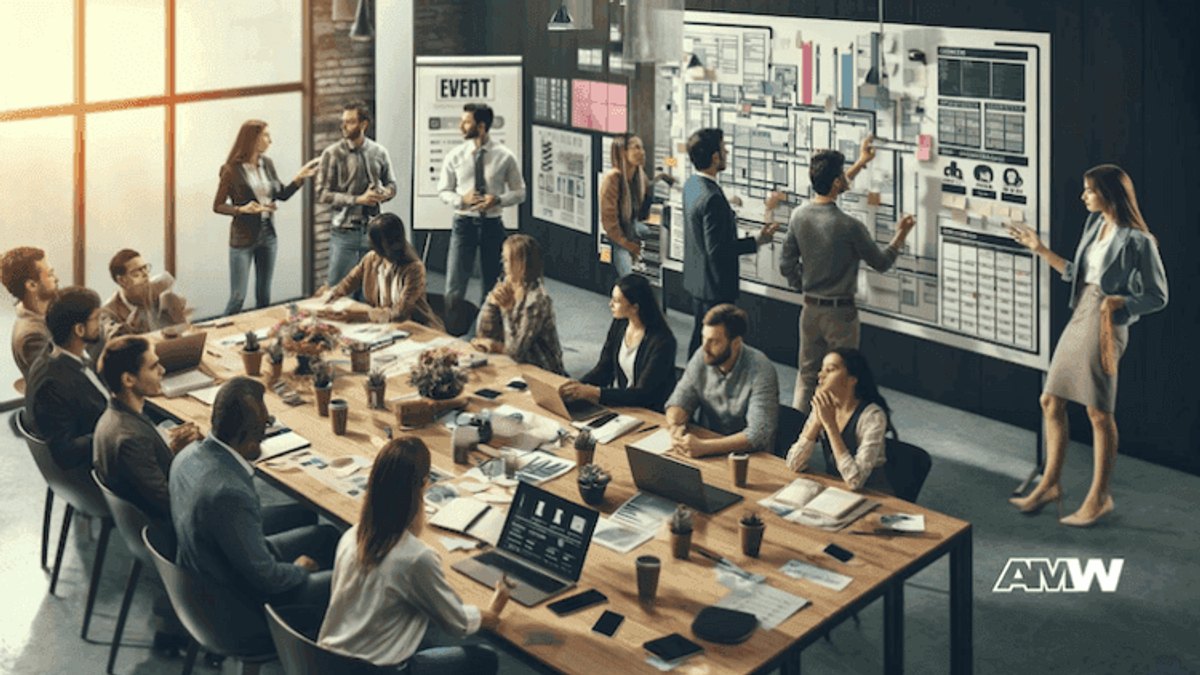
Thorough pre-event planning is the foundation of successful event media coverage. Start by setting clear goals for your media coverage. Understand its purpose—is it to increase brand awareness, drive attendance, or generate post-event publicity? Having a clear purpose will help guide your strategy and set measurable targets.
Ready to Grow Your Business?
Get a free consultation and custom strategy tailored to your goals.
Developing a comprehensive media plan is essential. This plan should outline key messages and themes you want to communicate through the media. It should also include a detailed timeline of media activities, from initial outreach to post-event follow-ups. A well-structured plan ensures that all media engagement aspects are covered and nothing is overlooked.
Identifying your audience is another crucial step. Analyze their demographics and preferences. Tailoring your media content to the interests and needs of your audience will make your coverage more relevant and engaging. For instance, if your event targets young professionals, focus on digital platforms and channels that they frequent.
Building relationships with journalists and influencers early on is also essential. Start by identifying key media contacts who cover your industry or have a history of attending similar events. Establish connections through personalized pitches, emphasizing why your event would interest their audience. Regular engagement and open communication channels help secure their participation and coverage.
Media Kit Preparation
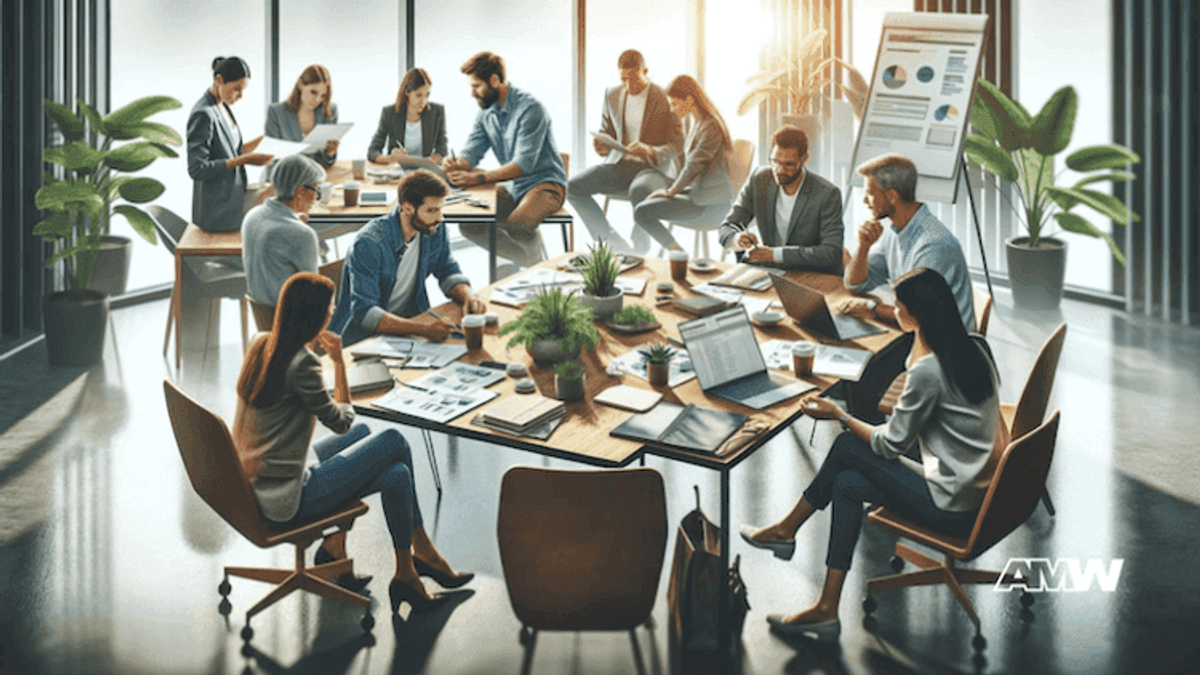
A well-prepared media kit is a cornerstone of adequate media coverage. It is a one-stop resource for journalists, providing all the information they need to cover your event. Your media kit should include essential components like press releases, background information about the event, and a detailed schedule.
High-quality visual assets are crucial. Ensure you have a selection of high-resolution images and videos for the media. These should include event logos, photos of critical speakers or performers, and other visuals representing the event's theme and atmosphere. Visual content is significant for online and social media coverage, where engaging visuals can significantly increase the impact of your posts.
Digital materials should also be part of your media kit. Create social media graphics that can be easily shared, and consider having an online press kit on your website. This makes it easier for journalists to access and share information about your event, increasing the likelihood of coverage.
Utilizing Digital Channels
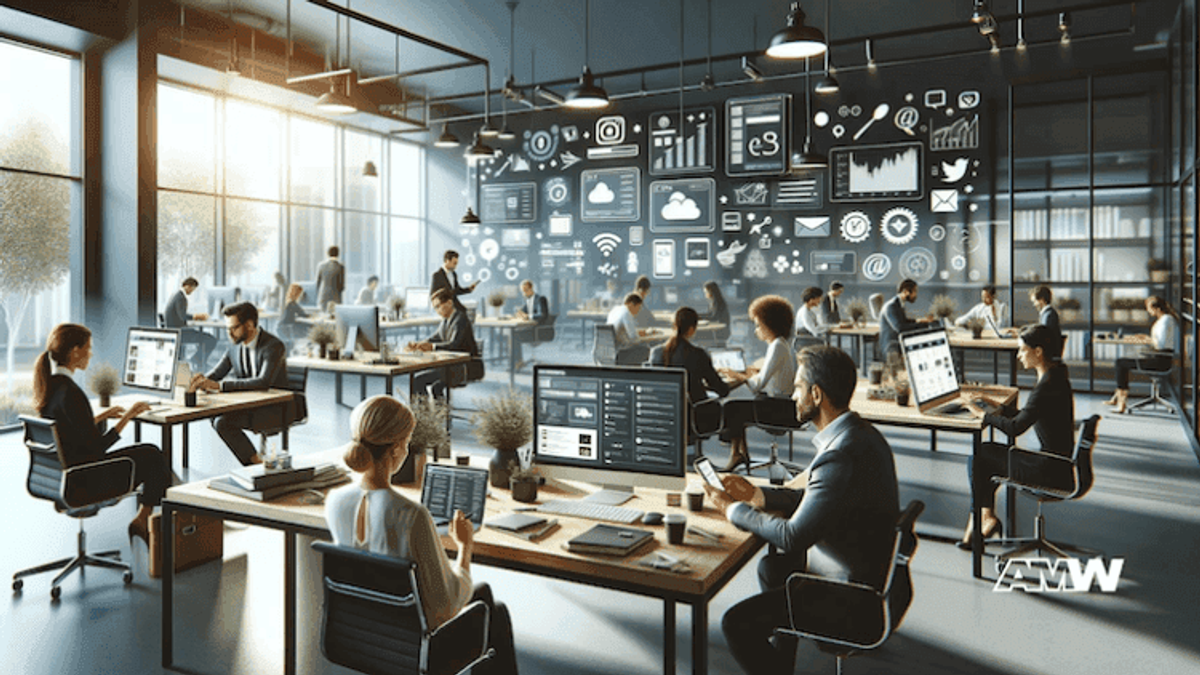
Leveraging digital channels is essential for maximizing your event's reach in today's digital age. Implement a robust social media strategy well in advance of your event. Start with pre-event teasers and announcements to build anticipation. Use platforms like X, LinkedIn, Instagram, and Facebook to share updates, engage, and encourage them to share your content.
Live updates during the event are equally important. Use live tweeting, Instagram stories, and Facebook Live to provide real-time coverage. This keeps your audience engaged and allows those who couldn't attend to experience the event virtually. Encourage all event participants to share their unique, memorable, and inspiring experiences using the designated event hashtag.
Ready to Grow Your Business?
Get a free consultation and custom strategy tailored to your goals.
Email marketing is another powerful tool for media engagement. Send out invitations to key media contacts well in advance, followed by regular updates and reminders. Post-event, email distribute press releases, share highlights, and maintain ongoing communication with the media.
Your website and blog should feature a dedicated event page with comprehensive information. Regular blog updates leading to the event will help maintain interest and provide additional context. Post-event, use your blog to share detailed recaps, interviews with key participants, and event highlights.
On-the-Ground Event Implementation

On-the-ground implementation is where all your planning comes to fruition. Effective coordination during the event is critical to successful media coverage. Designate a specific area for media representatives equipped with the necessary resources such as Wi-Fi, power outlets, and refreshments. A comfortable and convenient working environment will make it easier for journalists to write about the event.
Real-time social media posts are crucial. Assign a dedicated team to handle live updates across your social media platforms. Ensure they have access to key moments and highlights of the event so they can share engaging content with your audience. Live streaming and virtual attendance options can further enhance your coverage, allowing people who couldn't attend in person to participate virtually.
Engagement activities for the media can add value to their experience. Consider organizing exclusive interviews with key speakers or performers, behind-the-scenes tours, or particular sessions where they can interact with participants. These exclusive opportunities can result in more in-depth and engaging coverage of your event.
Post-Event Follow-Up
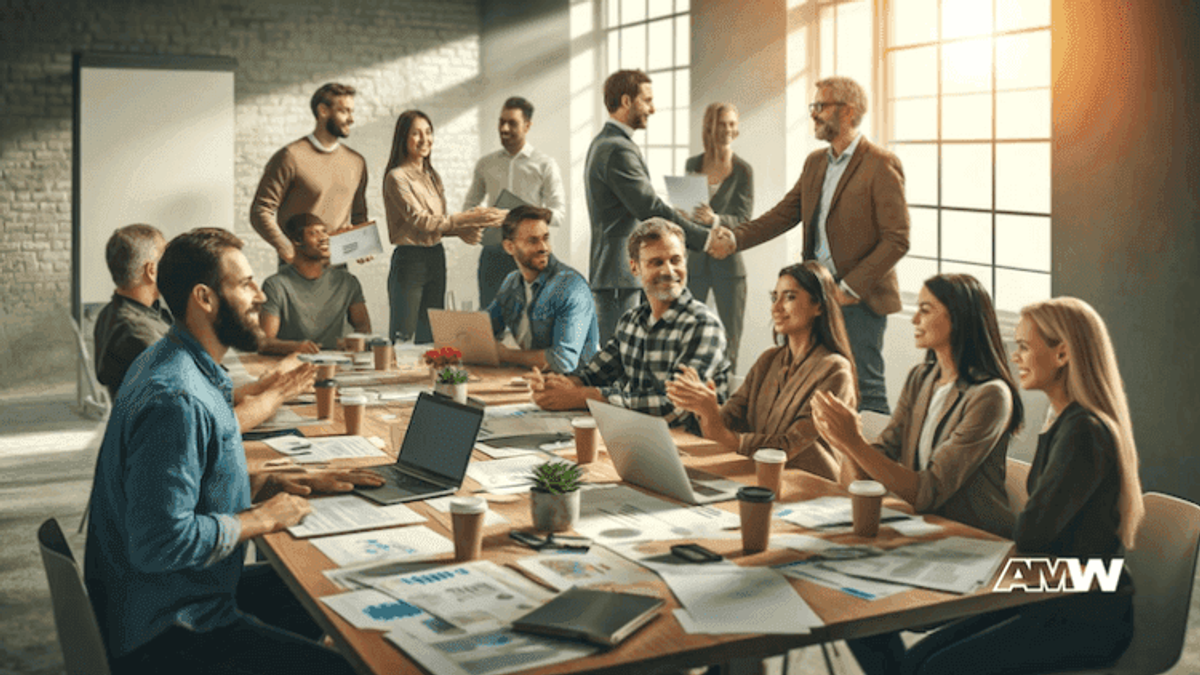
The work continues once the event is over. Post-event follow-up is crucial for maintaining relationships and maximizing coverage. Start by sending personalized thank-you notes to all attending media representatives. Expressing gratitude for their participation and coverage helps build lasting relationships and encourages them to cover future events.
Share post-event highlights through press releases, recap videos, and photo galleries. This keeps the conversation going and provides additional content for media outlets. Distributing a detailed post-event report that includes metrics on media coverage, audience engagement, and overall impact can help show the success of your event and provide insights for future improvements.
Analyzing and reporting the impact of your media coverage is essential. Measure critical metrics such as the number of media mentions, social media engagement, website traffic, and audience reach. This data will help you evaluate your media strategy's success and identify areas for improvement. A detailed analysis can also provide valuable insights for planning future events and refining media coverage strategies.
Conclusion
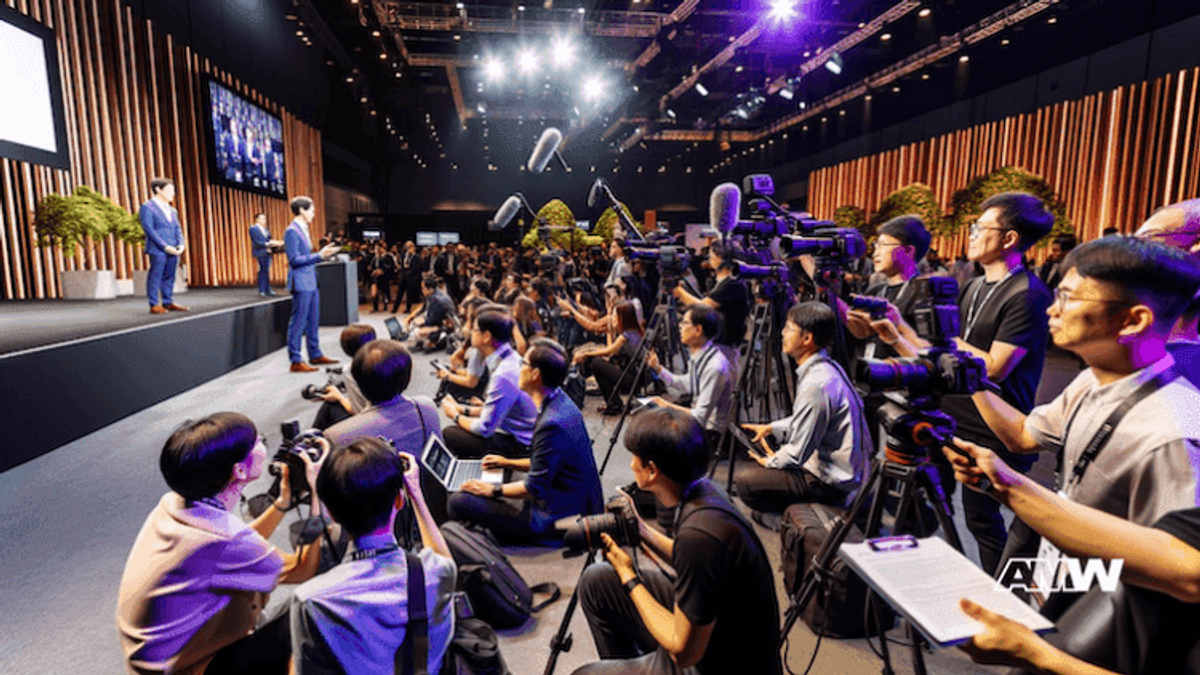
Implementing these strategies can significantly enhance your event's media coverage, ensuring it reaches a broader audience and achieves its objectives. Effective planning, execution, and follow-up are essential to successful media engagement. By being strategic, you can maximize your event's impact and ensure it receives the attention and recognition it deserves.
Ready to Grow Your Business?
Get a free consultation and custom strategy tailored to your goals.
FAQ
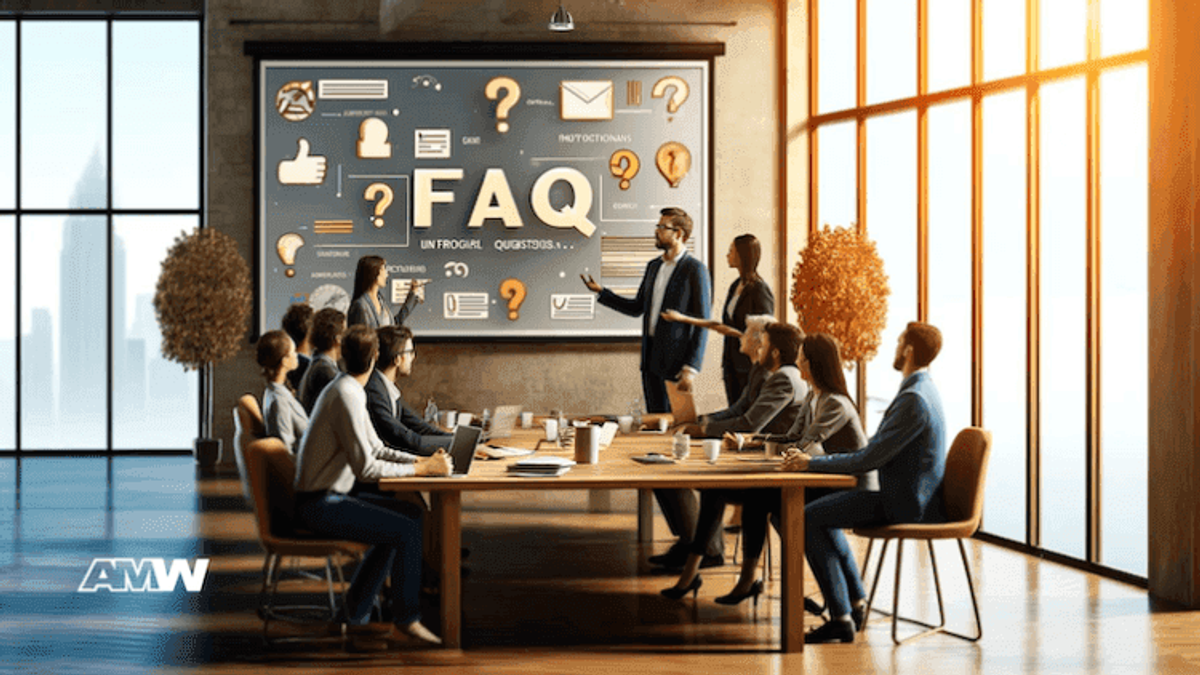
What are the critical components of a media kit?
A media kit typically includes press releases, background information, event schedules, high-quality images, video content, and digital materials like social media graphics.
How can I build relationships with journalists? Building relationships involves personalized pitches, regular engagement, providing valuable content, and maintaining open communication channels.
What role does social media play in event media coverage?
Social media is crucial for pre-event teasers, live updates during the event, and post-event engagement. It helps reach a broader audience and provides real-time interaction.
How should I follow up with the media after the event?
Send personalized thank-you notes, share post-event highlights, distribute press releases, and provide a detailed report on media coverage and event success.
Why is it important to analyze and report the impact of media coverage?
Analyzing and reporting the effect helps measure the success of your media strategy, understand reach and engagement, and provide insights for improving future events.

Ready to Grow Your Business?
Get a free consultation and custom strategy tailored to your goals.